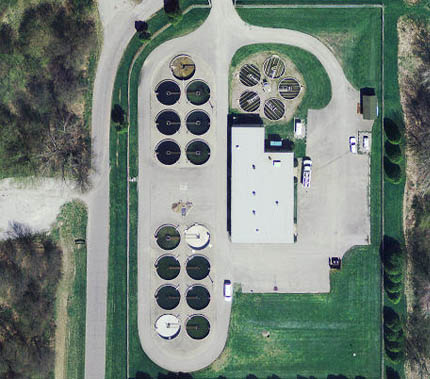Main Content
Article
Mixsawbah State Fish Hatchery

5500 S. 675 E
Walkerton, IN; 46574
219-369-9591
Get Directions
The hatchery was constructed in 1974 for the propagation of salmonids (trout and salmon) to enhance Indiana’s Lake Michigan fishery. The hatchery’s name honors Chief Mixsawbah, a Potawatomi Indian chief whose local domain was near the Kankakee River in northwestern Indiana.
Mixsawbah annually produces 670,000 salmonids, with a total weight of about 35,500 pounds. Production includes chinook salmon, coho salmon, and steelhead trout. Most of these fish are stocked into tributary streams to Lake Michigan. In Indiana, these streams are Trail Creek in LaPorte County and the East Branch of the Little Calumet River in Porter County.
- Salmon - The Lake Michigan Story
In 1966, the state of Michigan stocked 600,000 young coho salmon into Lake Michigan tributaries. Biologists watched the progress of the cohos until they entered Lake Michigan. For the next several months, the fish vanished. stay offshore in cooler water preparing to return to their home streams each autumn.
The Indiana Department of Natural Resources began stocking salmon and trout fingerlings in the Indiana waters of Lake Michigan in 1968. In September, 1971, 25 Indiana-reared cohos were trapped from Trail Creek, and the first Hoosier salmon run was off to a flying start. About 10% of the original fish returned to Trail Creek.
The fish penetrated to the headwaters and spawned. Little success is expected from this natural reproduction, however, because natural survival is low in Indiana tributaries to Lake Michigan. This means the Lake Michigan salmonid program is totally manageable. The fishery is dependent on hatchery production and can be regulated by adjusting stocking numbers. Mixsawbah was built in 1974 to produce 500,000 trout and salmon annually to meet the demands of the new fishery.
- Water Supply
- Fish Rearing
- Volunteer Opportunities
